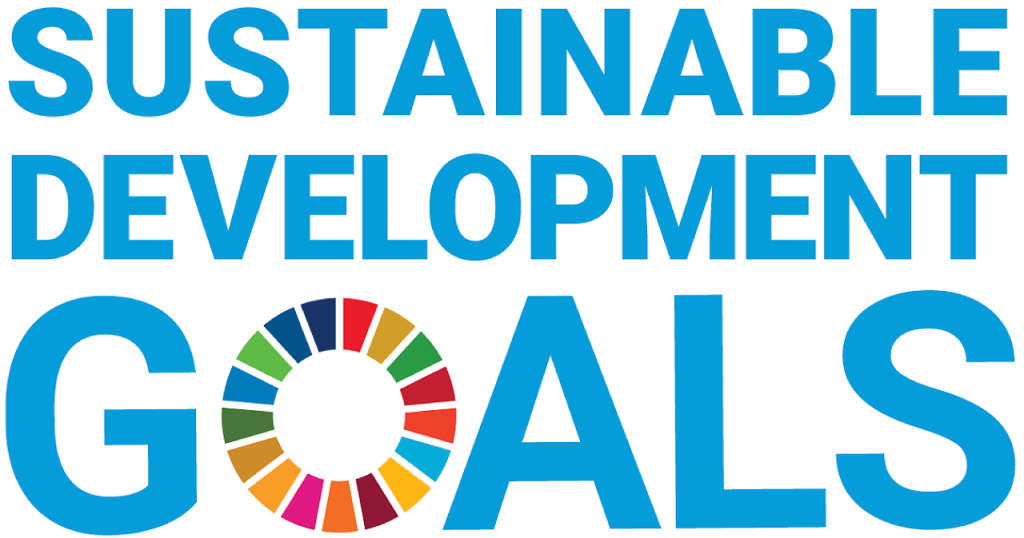Drip irrigation uptake in traditional irrigated fields: The edaphological impact
By: Puy A., García Avilés J.M., Balbo A.L., Keller M., Riedesel S., Blum D., Bubenzer O.
Published in: Journal of Environmental Management
SDGs : SDG 15 | Units: | Time: 2017 | Link
Description: Historical and traditional flood-irrigated (FI) schemes are progressively being upgraded by means of drip irrigation (DI ) to tackle current water and demographic challenges. This modernization process is likely to foster several changes of environmental relevance at the system level. In this paper we assess the effects derived from DI uptake on soil health and structure in ancient FI systems through the case study of Ricote, SE Spain, first established in the 10-13th centuries CE. We approach the topic by means of physico-chemical analyses (pH, electrical conductivity, available P, carbon analyses, bulk density, soil water content and particle size distribution), Electrical Resistivity Measurements (ERT) and robust statistics. We reach a power of 1-ß = 77 aiming at detecting a large effect size (f ≥ 0.4). Results indicate that, compared to FI, DI soils present significantly higher water content, a higher proportion of coarse particles relative to fines due to clay translocation, and less dispersion in salt contents. The soils away from the emitters, which were formerly FI and comparatively account for larger extensions, appear significantly depleted in organic matter, available P and N. These results are not affected by departures from statistical model assumptions and suggest that DI uptake in formerly FI systems might have relevant implications in terms of soil degradation and emission of greenhouse gases. A proper assessment of the edaphological trade-offs derived from this modernization process is mandatory in order to tackle undesired environmental consequences. © 2016 Elsevier Ltd

